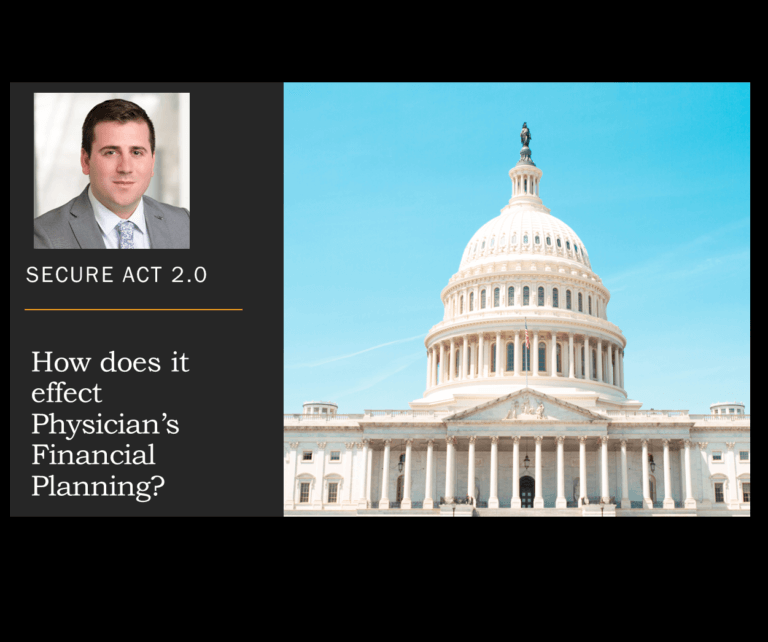Can You Use IRA Funds To Purchase Your House? – Syed Nishat

IRA Withdrawals for Home Purchases: A Good Use of Retirement Saving? – by Syed Nishat
One of the cardinal rules of IRA accounts is that they can’t be touched without a significant penalty before the account owner has reached age 59 ½. Any withdrawals before that would ordinarily be hit with a 10% penalty on top of the income taxes owed on the withdrawn amount. However, under certain conditions, funds from an IRA account may be used to purchase a home without any penalties. Before jumping at that option, though, it’s important to consider what those conditions are and whether using your IRA for a home purchase is the best way to proceed.
The first and most important consideration is whether or not you’re a first-time homebuyer. Only individuals purchasing a house for the first time are eligible, but the IRS definition allows for some leeway. For these purposes, a first-time homebuyer is someone (or their spouse) who hasn’t owned a principal residence in the last two years. Vacation homes do not count, and further, you can also take a withdrawal to help someone else who is a first-time homebuyer, such as one of your children or a parent, even if you yourself currently own a home. Secondly, timing can be an important consideration, as any funds taken under the IRA first-time homebuyer provision must be used within 120 days, and they must be used to acquire property rather than any furnishings or an existing mortgage, even if the mortgage is a first home.
The rules can also depend on what type of IRA you own. Each type has its own specific set of conditions to be met to avoid paying the 10% penalty. Before taking a withdrawal from a Roth IRA, the owner should consider how long the funds have been in the account. Under normal Roth IRA rules, the owner can withdraw the full amount of contributions made to the account once it has been open five years without any taxes or penalties, as the taxes have already been paid on those funds. Once contributions have all been withdrawn, the account owner can withdraw up to $10,000 of account earnings or money that has been converted toward a first-time home purchase without penalty.
In the case of a Traditional IRA, a first-time homebuyer is eligible for a penalty-free $10,000 withdrawal for the purposes of purchasing or building a home. While this is a lifetime limit, it may be useful to consider that a spouse can also withdraw the same amount from their own IRA for the same purpose. However, while these withdrawals avoid the regular penalty when taken for a home purchase, the withdrawal amounts are still subject to regular income tax, unlike funds withdrawn from the Roth IRA.
While these strategies are ways to use IRA accounts to help with a home down payment, that doesn’t mean they should necessarily be a first choice. IRA accounts are primarily meant for retirement savings, and decreasing those savings early erases the benefit they would otherwise hold for you in retirement. Amounts taken for a home purchase cannot be re-contributed, as there are maximums you can contribute each year to an IRA, meaning your contribution power remains limited even once you’re more financially secure. The loss of the contribution amounts plus the potential compounded interest can never truly be regained.
There may be other ways to use your retirement accounts for a home purchase. If the IRA or Roth IRA accounts are your only option, there may be a short-term solution for a down payment, but it is extremely short term. You do have access to a tax-free rollover where you can put the money back into an IRA (the one it was withdrawn from or another IRA), however, you must do so within 60 days. After that time, you will be subjected to the penalties and income taxes that would come with any other early IRA distribution. This would generally only be used for making a substantial down payment and qualify for better financing, but unless you’re certain you can get the money back into the account within two months, it can be a risky venture.
If you have an employer-sponsored 401k, you may qualify for a loan from that account. Generally, you’re able to borrow 50% of your account balance (up to $50,000) for any reason. It’s important to keep in mind that because this is a loan, you will be responsible for paying it back within five years, though this time frame could be extended if the funds were used for a home purchase. You will also owe interest on the loan amount, which will go back into your 401k account. While it may seem like a simple thing to repay the loan, it’s vital that payments are not missed by more than 90 days, or else the rest of the balance will be re-characterized as a distribution and you will then immediately owe the income taxes on the rest of the balance, and if you’re under 59 ½, you’ll be charged the 10% penalty as well.
If, after all the considerations, it still seems like you need to withdraw from your IRA, it may be time to reconsider the home purchase. Tapping into your retirement savings isn’t the soundest strategy for your financial future, and it may be that home ownership could be put off a bit longer until you’re in a better place to embark on that journey.
Syed Nishat is a partner, Wall Street Alliance Group. He can be reached on LinkedIn and on Twitter @syedmnishat. He holds the FINRA Series 7, FINRA Series 63, and FINRA Series 66 licenses, along with licenses for life, disability, and long-term care insurance.
Securities are offered through Securities America, Inc., member FINRA/SIPC. Advisory services offered through Securities America Advisors, Inc. Wall Street Alliance Group and Securities America are separate companies. You should continue to rely on confirmations and statements received from the custodian(s) of your assets. Securities America and its representatives do not provide tax or legal advice; therefore, it is important to coordinate with your tax or legal advisor regarding your specific situation.

